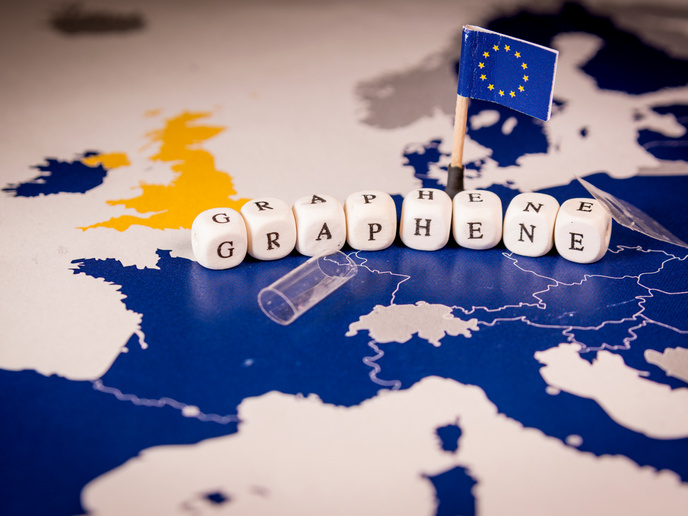Catching up with GrapheneCore3: Keeping Europe at the forefront of graphene and 2D materials research and innovation
The Graphene Flagship was launched in 2013 to advance Europe’s strategic autonomy in technologies relying on graphene and other 2D materials. Entrusted with the momentous task of bringing together academic and industrial researchers to take graphene out of the lab and into European society, over the last decade or so it has done just that. The Flagship has successfully made Europe a leader in graphene and 2D materials research and innovation, a feat made possible through a series of EU-funded projects, one of which was GrapheneCore3, the Flagship’s third core project. Following on from the first core project, which emphasised components, and the second, which progressed to integrating components in larger systems, GrapheneCore3 focused on bringing graphene innovation to commercial applications. In the area of graphene electronics, the project concentrated on reproducibility, uniformity, stability, yield and scalability to move the devices to higher technology readiness levels (TRLs). Over time, the focus has also moved from graphene to other layered materials with great potential for electronic applications. The project’s successes in energy include the commercialisation of innovative products such as lithium-ion batteries enhanced with graphene for better electrical conductivity, charge-discharge rates and overall energy storage capacity. GrapheneCore3 also witnessed the launch of interesting products and prototypes in the biomedical and composite fields, such as the first graphene-based neural interface device and conductive synthetic leather for automotive interiors. A major step towards higher TRLs was taken through the launch of spearhead projects that drew on various technological advances and combined them to take advantage of market opportunities.
Looking to the future
Aided by GrapheneCore3, the Graphene Flagship has had an incredible impact on science and innovation. It has also led to the creation of effective and lasting ecosystems intended to continue beyond the EU’s previous funding programme, Horizon 2020, and the current Horizon Europe. The overall coherence of the Flagship initiative is guaranteed by GrapheneEU, a Coordination and Support Action (CSA) enabling the separate actions to make the most of synergies in their scientific and technological activities and work more efficiently by using common services and support functions. Graphene Flagship Director Maria Abrahamsson, a professor at GrapheneCore3 (Graphene Flagship Core Project 3) project coordinator Chalmers University of Technology, Sweden, comments: “Horizon Europe has presented the Graphene Flagship with a new beginning – we are now a constellation of 13 research and innovation projects gathered under the GrapheneEU CSA to shape the future of 2D materials research and innovation in Europe. The transition to this organisation, as all transitions, has meant plenty of challenges, but also revitalised the awareness of who we are and why we do what we do in our community.” She adds: “Combined, we truly are part of the solution to many of the problems Europe is facing at large. We will need to use not only the hard data and scientific and technological advances that we have gathered together, but perhaps even more importantly, the personal interactions that have created trust and a playground for cross-fertilisation of ideas to forge the future of 2D materials innovation.”



